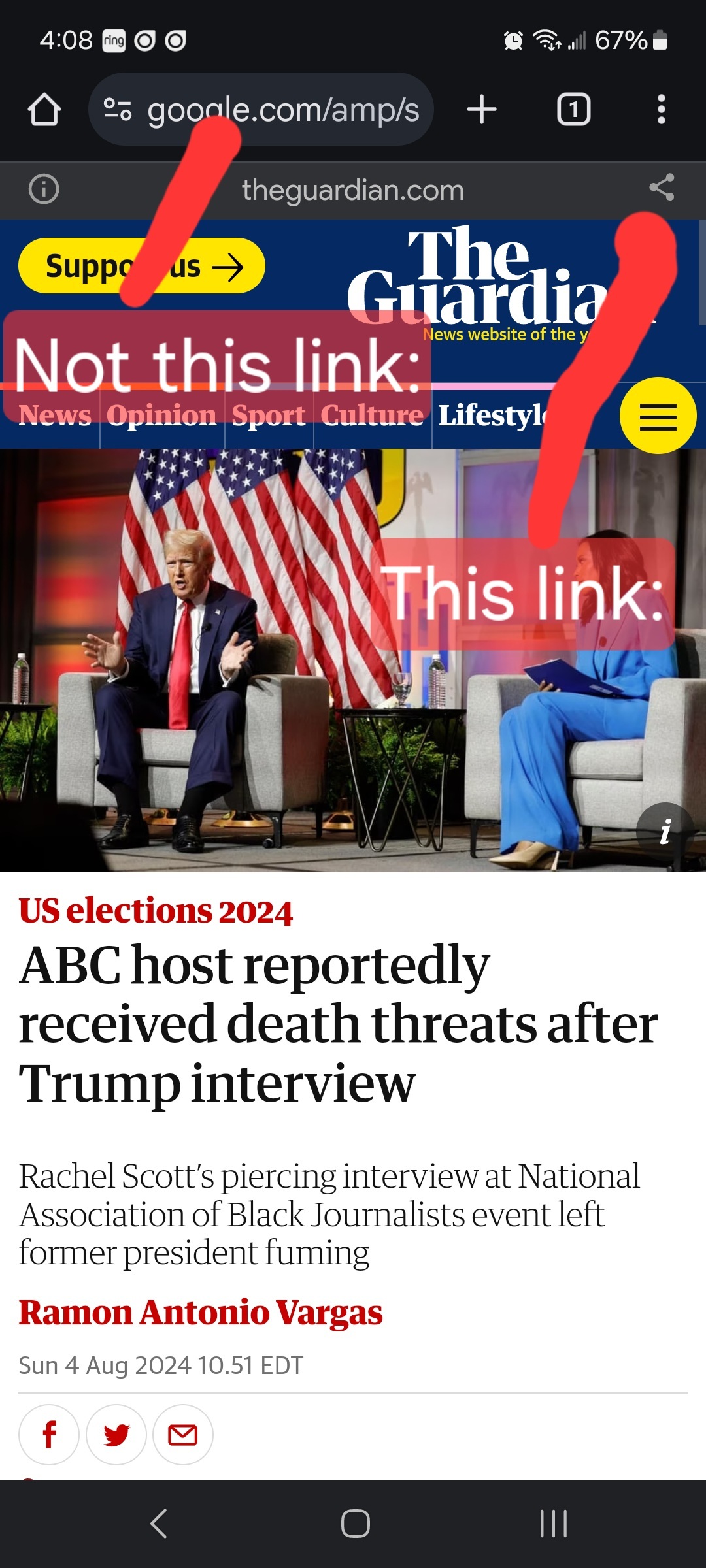politics
Welcome to the discussion of US Politics!
Rules:
- Post only links to articles, Title must fairly describe link contents. If your title differs from the site’s, it should only be to add context or be more descriptive. Do not post entire articles in the body or in the comments.
Links must be to the original source, not an aggregator like Google Amp, MSN, or Yahoo.
Example:

- Articles must be relevant to politics. Links must be to quality and original content. Articles should be worth reading. Clickbait, stub articles, and rehosted or stolen content are not allowed. Check your source for Reliability and Bias here.
- Be civil, No violations of TOS. It’s OK to say the subject of an article is behaving like a (pejorative, pejorative). It’s NOT OK to say another USER is (pejorative). Strong language is fine, just not directed at other members. Engage in good-faith and with respect! This includes accusing another user of being a bot or paid actor. Trolling is uncivil and is grounds for removal and/or a community ban.
- No memes, trolling, or low-effort comments. Reposts, misinformation, off-topic, trolling, or offensive. Similarly, if you see posts along these lines, do not engage. Report them, block them, and live a happier life than they do. We see too many slapfights that boil down to "Mom! He's bugging me!" and "I'm not touching you!" Going forward, slapfights will result in removed comments and temp bans to cool off.
- Vote based on comment quality, not agreement. This community aims to foster discussion; please reward people for putting effort into articulating their viewpoint, even if you disagree with it.
- No hate speech, slurs, celebrating death, advocating violence, or abusive language. This will result in a ban. Usernames containing racist, or inappropriate slurs will be banned without warning
We ask that the users report any comment or post that violate the rules, to use critical thinking when reading, posting or commenting. Users that post off-topic spam, advocate violence, have multiple comments or posts removed, weaponize reports or violate the code of conduct will be banned.
All posts and comments will be reviewed on a case-by-case basis. This means that some content that violates the rules may be allowed, while other content that does not violate the rules may be removed. The moderators retain the right to remove any content and ban users.
That's all the rules!
Civic Links
• Congressional Awards Program
• Library of Congress Legislative Resources
• U.S. House of Representatives
Partnered Communities:
• News
view the rest of the comments
This isn’t even remotely ambiguous. The DoJ’s interpretation is correct.
The question isn’t really about the meaning of “and”; it’s about the syntactic structure of the whole section.
A defendant is eligible if they do NOT have (A and B and C). In other words, having any of A, B or C will disqualify them.
The law could have been written in a more readable fashion, for example:
But the meaning is the same either way. Amazing that this got to the Supreme Court.
It’s also entirely plausible that this is exactly what was intended when the law was written.
Right! I feel like I’m going crazy because I don’t see how can you interpret it the other way!
The reporter seems to be getting this totally wrong. It’s like he is saying the exact opposite of what I understand. From my point of view:
If a defendant would be elegible for relief if he lacked any one of the conditions, that is actually interpreting that AND means OR.
If a defendant would be eligible for relief if he lacked all of the conditions, that is interpreting that AND means AND.
When you move the "not" to the inner terms, as you did in this reformulation, it flips the ANDs and ORs. That's expected. The original, with the "not" on the outside, has the and/or flip in the majority interpretation.
https://en.wikipedia.org/wiki/De_Morgan%27s_laws
When you move the "not" to the inner terms, as you did in this reformulation, it flips the ANDs and ORs. That's
https://en.wikipedia.org/wiki/De_Morgan%27s_laws
This was my takeaway as a lawyer. So I'm glad I'm not alone.
Note the crucial difference between writing this as an enumerated list, and writing it as a continuous sentence.
In the former case (used here) the "xyz is not" distributes such that each point on the list can be read as a complete sentence, giving your (correct) interpretation.
What seems to confuse a lot of people is that if you write "xyz is not A, B, and C", the "not" no longer distributes the same way, and (A, B, and C) is read as a single condition, giving the alternate (incorrect) interpretation.